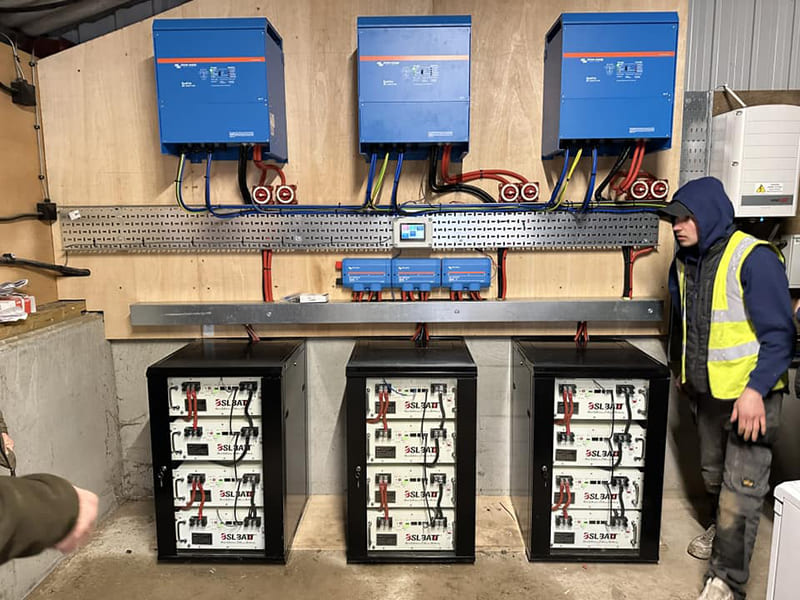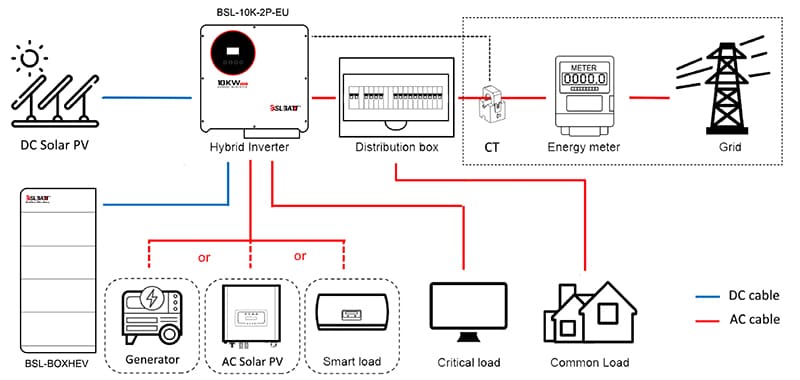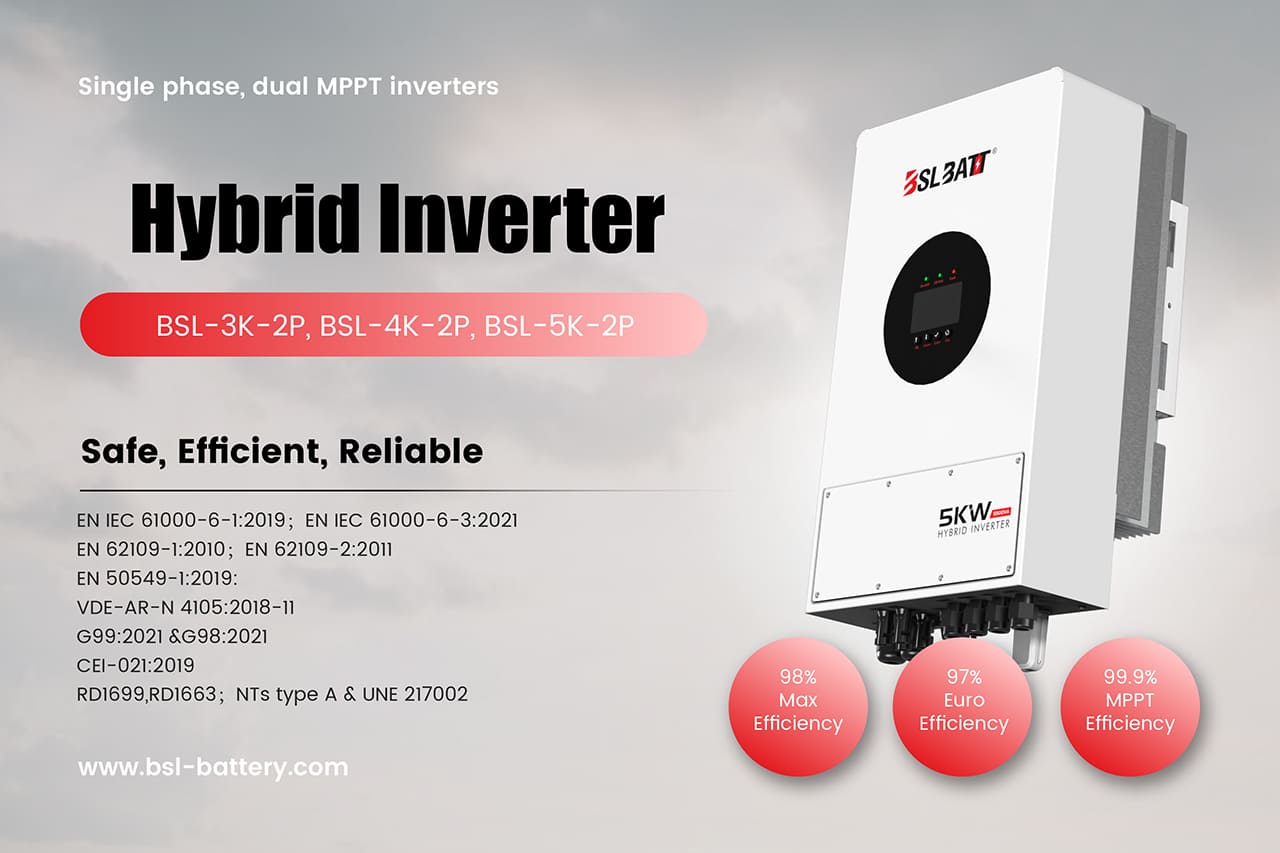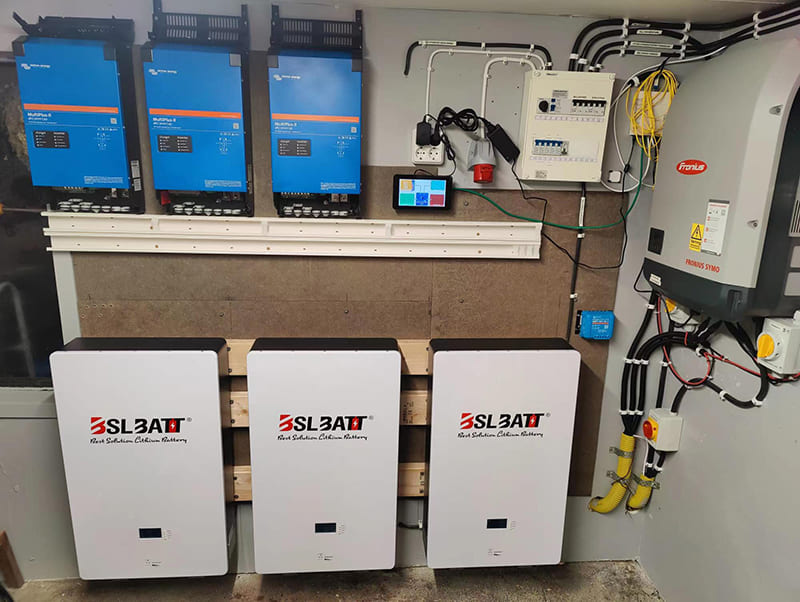
- China
- English
- Françai
- Español
- Deutsch
- Română
- العربية
- 한국어
- 日本語
- Italiano
- Português
- Gaeilge
- Dansk
- Čeština
- Русский
- Afrikaans
- Euskara
- Català
- Esperanto
- हिन्दी
- Ελληνικά
- Bahasa Melayu
- Polski
- Српски
- Kiswahili
- ภาษาไทย
- Tiếng Việt
- Türkçe
- Svenska
- Cymraeg
- Slovenčina
- Latviešu
- Malti
- Magyar
- Galego
- ગુજરાતી
- Eesti Keel
- বাংলা
- Shqip
- беларуская мова
- Nederlands
- Tagalog
- ქართული
- Íslenska
- Kreyòl Ayisyen
- Lietuvių
- Norsk
- slovenščina
- தமிழ்
- Українська
- ײִדיש
- اردو
- తెలుగు
- فارسی
- македонски
- ಕನ್ನಡ
- Bahasa Indonesia
- עברית
- Suomi
- Hrvatski
- Български
- Azerbaijani

Industry Application
Product Type
How is A Home Energy Storage System Designed?
What is A Home Energy Storage System?
A home energy storage system is a system that stores excess electricity generated by solar panels in a battery bank for easy access to the home at any time. When daytime. When the sunlight is normal, the solar PV modules produce more energy and the batteries can store it to ensure electricity at night or on its another cloudy or rainy day.
It is also because the storage battery can optimize the use of electricity, it can ensure the effective operation of the whole home-based that system. Also if there is a sudden pause in the home power usage encountered, such as a desktop computer drawing that has not been saved in time, a raw food in the refrigerator that melts and may spoil, etc., but with a home energy storage system, it can maintain continuity in such situations with a very short response time.
Home energy storage systems make solar panel power generation more reliable, avoiding the disadvantage of not being able to generate electricity on rainy days, and influenced by the world energy crisis, these systems are becoming more and more common and accepted as well as loved by everyone, protecting the environment while saving energy and generating sustainable power.
Home energy storage systems include the following components:
1. Solar Panels: These panels are installed on the roof or other suitable locations to capture sunlight and convert it into electricity through the photovoltaic (PV) effect. Solar panels generate DC electricity.
2. Inverter: An inverter is required in a solar energy storage system to convert the DC electricity produced by the solar panels into AC electricity that can be used to power household appliances and devices. Inverters also enable the system to feed excess electricity back into the grid if the system is connected to it.
3. Battery storage battery: divided into wall-mounted, stacked, rack-mounted, according to their own power consumption of their own choice, according to the power consumption, the main house in Europe for the wood, may take into account the weight of the wall-mounted type.
4. Energy Management System: An energy management system monitors and controls the flow of electricity within the home energy storage system. It optimizes the charging and discharging cycles based on factors such as electricity demand, battery state of charge, and grid conditions.
5. Monitoring and Control Interface: Home energy storage systems often include a user interface or a mobile app that allows homeowners to monitor the system’s performance, check battery levels, and control various settings.
6. Circuit Breakers and Safety Features: These systems include circuit breakers and safety features to protect against electrical faults, overloads, or short circuits. They ensure the safety of the system and the connected devices.

Pros and cons of home energy storage systems:
Pros
• Emissions reduction – Reduces pollution and demand from coal and natural gas dependent grids
• Outage safety – provides backup power in the event of a power outage or emergency
• Reduced costs – save money by using less energy from the grid (cost related issues can be disregarded for energy constrained areas domestically, for foreign countries their electricity costs can be 10 times higher compared to domestically)
• Become energy independent – storing excess solar energy can reduce grid usage
• Reduce peak demand – Support the grid during peak hours and provide grid stabilization services
Cons
• Higher upfront costs -Add more to the total system cost
How are Residential Energy Storage Systems Designed?
PV energy storage technology can not only solve the problem of unstable PV plant output through proper charging and discharging control, but also bring some benefits to users by adopting intelligent control strategies. Solar energy storage system can be divided into on grid solar system, on grid and off grid solar system, off grid solar system and micro-grid energy storage system. Mainly introduce how to design the household and off-grid energy storage system.

Introduction of on-grid and off-grid solar systems
On-grid and off-grid solar systems are characterized by the fact that they can operate either in grid-connected operation or separately to supply power to important loads when the power grid is down. It is suitable for application scenarios such as unstable power system, self-generation and self-consumption cannot be connected to the grid, and the price of self-consumption electricity is more expensive than the price of grid electricity. The system generally consists of a PV array composed of solar cell modules, a hybrid inverter for grid-connected and off-grid operation, home energy storage batteries, loads, and the grid.
Photovoltaic Modules
PV module is the main part of solar power system and the most valuable component of solar power system. Its function is to convert the sun’s radiant energy into DC electric energy.
On-grid and off-grid hybrid inverter
The MPPT controller regulates and controls the electrical energy generated by the solar modules, maximizes the charging of the battery, and protects the battery from overcharging and over discharging. The DC/AC inverter turns the DC power from the modules and the battery into AC power for the AC load.
Home battery bank
The main task of home battery bank is to store energy in order to ensure the load power at night or rainy days. The safer, environmentally friendly LiFePO4 is the most common component of home energy storage battery packs, which are usually connected in parallel in 5kWh / 10kWh modules for capacity increase.

The Main Points of the Design of Household and Off-grid Energy Storage System
Determine the power of the grid-connected inverter according to the load type and power
Household loads are generally divided into inductive and resistive loads. Loads with motors such as washing machines, air conditioners, refrigerators, water pumps and range hoods are inductive loads, and the starting power of the motor is 5-7 times the rated power, so the starting power of these loads should be taken into account when calculating the power of the inverter. The output power of the inverter should be greater than the power of the load.
However, for a normal household, considering that all the loads cannot be turned on at the same time, the sum of the load power can be multiplied by a factor of 0.7~0.9 in order to save cost. All in one hybrdi inverter (on grid & off grid) is suitable for small and medium-sized light storage systems, with UPS function (10ms switching), beautiful appearance, compact structure, easy installation, and support multiple monitoring methods.
Confirm PV module power according to power consumption
The design principle of PV modules is to meet the daily power demand of the load under average weather conditions, which means that the annual power generation of solar panels should be equal to the annual power consumption of the load. Because the weather conditions are below and above average, the solar panel design should basically meet the needs of the worst light season, that is, in the worst light season battery can basically be fully charged every day.
Determine the battery capacity according to the power consumption or expected power consumption at night
The main function of the home energy storage battery is to store electrical energy to ensure the normal operation of the load in the absence of light and utility power. The design of the home energy storage battery mainly includes the calculation of the battery capacity design and the design of the combination of series and parallel connection of the battery pack. In the design of battery capacity to consider the depth of discharge of the battery, general lead-acid battery depth of discharge can be considered by 50%-70%, lithium battery depth of discharge can be considered by 80%-90%. If the energy storage battery uses lithium, it needs to be compatible with the BMS protocol with the grid-connected hybrid inverter.
Classification of Household Energy Storage and System Operation Mode
Household energy storage, also known as home energy storage system, is similar to miniature energy storage power station, and its operation is not affected by the pressure of urban power supply. During the low hours of electricity consumption, the home energy storage battery pack can be recharged by itself for use during the peak or power outage.
Household energy storage can be divided into four main types: hybrid home solar system + energy storage system, coupled home solar system + energy storage system, off-grid home solar system + energy storage system, and photovoltaic energy storage energy management system, depending on the coupling method and whether it is connected to the grid.

Household energy storage adopts integrated micro-grid design idea, which can operate in off-grid and on-grid dual mode, and can realize seamless switching of operation mode, greatly improving power supply reliability. In addition, the household energy storage system is equipped with a flexible and efficient management system, which can be adjusted according to the grid, load, energy storage and tariff to achieve system operation optimization and maximize customer revenue.
Household energy storage system is a new type of hybrid system of energy acquisition, storage and use by adding lithium battery storage power to the traditional grid-connected photovoltaic power generation system, which is a combination of household solar battery, hybrid inverter and photovoltaic panel. Briefly introduce the operation mode of household energy storage system.
• Morning: weak light intensity, low energy generation, high energy demand; at sunrise, the solar panel starts to generate energy, which is not considered enough to meet the morning energy demand; the energy storage system calls the electricity stored in the battery for use by appliances.
• Noon: strongest light intensity, highest solar panel energy production, low energy demand. The energy produced by solar panels reaches its peak during the day. But since no one is home, energy consumption is very low, so most of the energy produced is stored in the batteries.
• Evening: Weak light intensity, low energy production, high energy demand. The highest daily energy consumption is at night when the solar panels produce little or no energy, and the storage system will call on the energy produced during the day to meet the energy demand.
Overall, the household energy storage is exquisite and beautiful, easy to install, equipped with long-life LiFePO4 solar battery, while combined with photovoltaic, can provide electricity demand for residential, public facilities sites, small factories, etc.
A Guide to Choosing the Best 48V Lithium Golf Cart Battery
Would it be worth investing in a 48V ...
10 Exciting Ways To Use Your 12V Lithium Batteries
Back in 2016 when BSLBATT first began designing what would become the first drop-in replacemen...
BSLBATT Battery Company Receives Bulk Orders from North American Customers
BSLBATT®, a China Forklift battery manufacturer specializing in the material handling indust...
Fun Find Friday: BSLBATT Battery is coming to another great LogiMAT 2022
MEET US! VETTER’S EXHIBITION YEAR 2022! LogiMAT in Stuttgart: SMART – SUSTAINABLE – SAF...
Looking for new Distributors and Dealers for BSL Lithium Batteries
BSLBATT battery is a fast-paced, high-growth (200% YoY ) hi-tech company that is leading the a...
BSLBATT to Participate at MODEX 2022 on March 28-31 in Atlanta, GA
BSLBATT is one of the largest developers, manufacturers, and integrators of lithium-ion batter...
What makes the BSLBATT the Superior Lithium Battery for your Motive Power needs?
Electric forklift and Floor Cleaning Machines owners who seek the ultimate performance will fi...




























